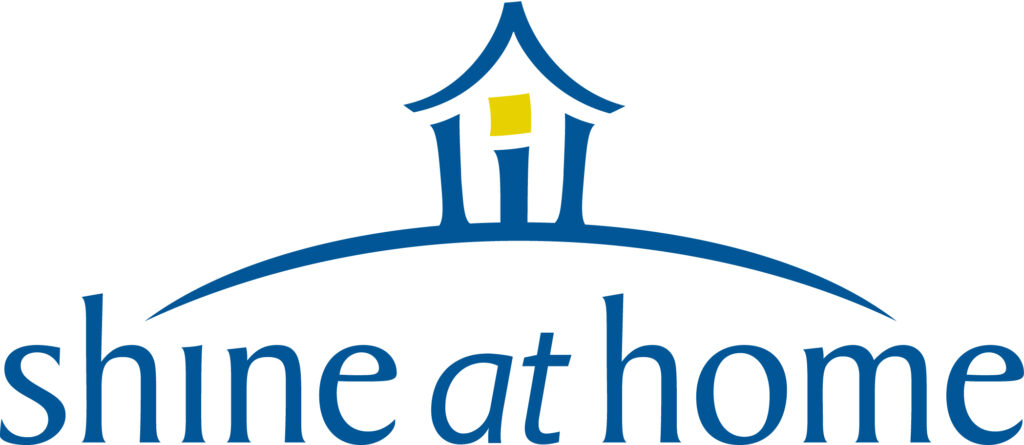Aging at home, or “aging in place” is everyone’s desire. The issue for many is the cost. When paying for home care and housekeeping out of pocket the cost may be less then you think. The “how” you can achieve this is what I will be demonstrating in this article.
If you, or a loved one needs services to stay independent there are many options available to you. I will be speaking about private home care. Now the Local Health Integration Network, or LHIN provides some home care. It usually isn’t enough, according to our clients’ the help is great, they just wish there was more. So how can I afford a service that cost $30 an hour and up.
Here is how. It is called the Attendant Care Claim. It is also called the Disability Tax Credit. This is a non-refundable tax credit that can literally save you thousands of dollars in income tax.
From the CRA:
Disability tax credit – The disability tax credit (DTC) is a non-refundable tax credit that helps persons with disabilities or their supporting family members reduce the amount of income tax they may have to pay. A person with a severe and prolonged impairment in physical or mental functions may be eligible for the DTC. Once an individual is eligible for the DTC, the disability amount can be claimed on their tax return(s) for the applicable year(s).
Disclaimer – I am not a tax professional. Your tax situation is unique and for the appropriate and proper advice you should consult a tax professional.
While I am not a tax professional, I have been assisting many of my clients in taking full advantage of the Attendant Care Claim. Here is a brief description of the credit. I will give the link to the detailed Canada Revenue Agency (CRA) Guidelines in this article, but essentially the credit is for anyone that needs assistance in remaining independent in their home. The credit covers the cost of staffing, or wages that get paid to staff by a home care provider. The credit pays for much more, but I will focus on staffing costs. For my clients it is over half the billing amount. A lot of money and I am amazed at the number of people that do not take advantage of this.
See link:
https://www.canada.ca/content/dam/cra-arc/formspubs/pub/rc4064/rc4064-21e.pdf
The details in the CRA document will fill in any blanks, but at a high level, these are the steps you have to take to get the credit and are as easy as follows.
First, print a copy of the T2201 form from the CRA website, (Link Below)
https://www.canada.ca/en/revenue-agency/services/forms-publications/forms/t2201.html (or Google – “T2201”)
, and take it to your primary medical professional, usually your doctor. They fill in the form and get it back to you. In the form they answer all the CRA’s questions regarding and confirming your specific needs for in home care.
With the T2201 filled out, the home care provider writes a letter confirming the amount that was paid to staff from the clients annual billing. A little bit of homework for the service provider, but easily done. Now, with these two documents in hand, a claim can be made in your tax filing. Again, multiple thousands of dollars are available in this credit when you qualify.
It is also important to note that being on another form of support from the government does not, repeat does not necessarily disqualify you from receiving the credit. (From pg 16 of Information guide)
“Eligibility is not impacted by the receipt of other federal or provincial benefits. If you receive Canada Pension Plan or Quebec Pension Plan disability benefits, workers’ compensation benefits, or other types of disability or insurance benefits, it does not necessarily mean you are eligible for the DTC. These programs have other purposes and different criteria, such as an individual’s inability to work.” There it is, get home care and save money on your taxes. I have to go now and write more letters for my clients.







